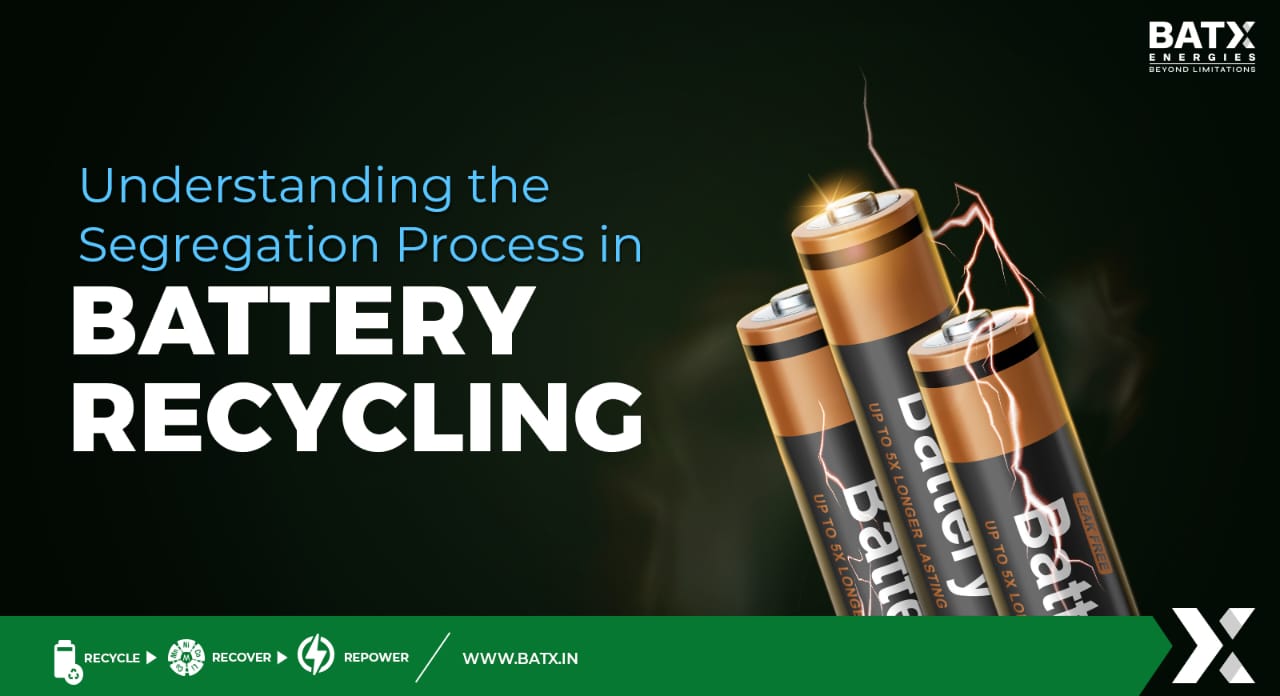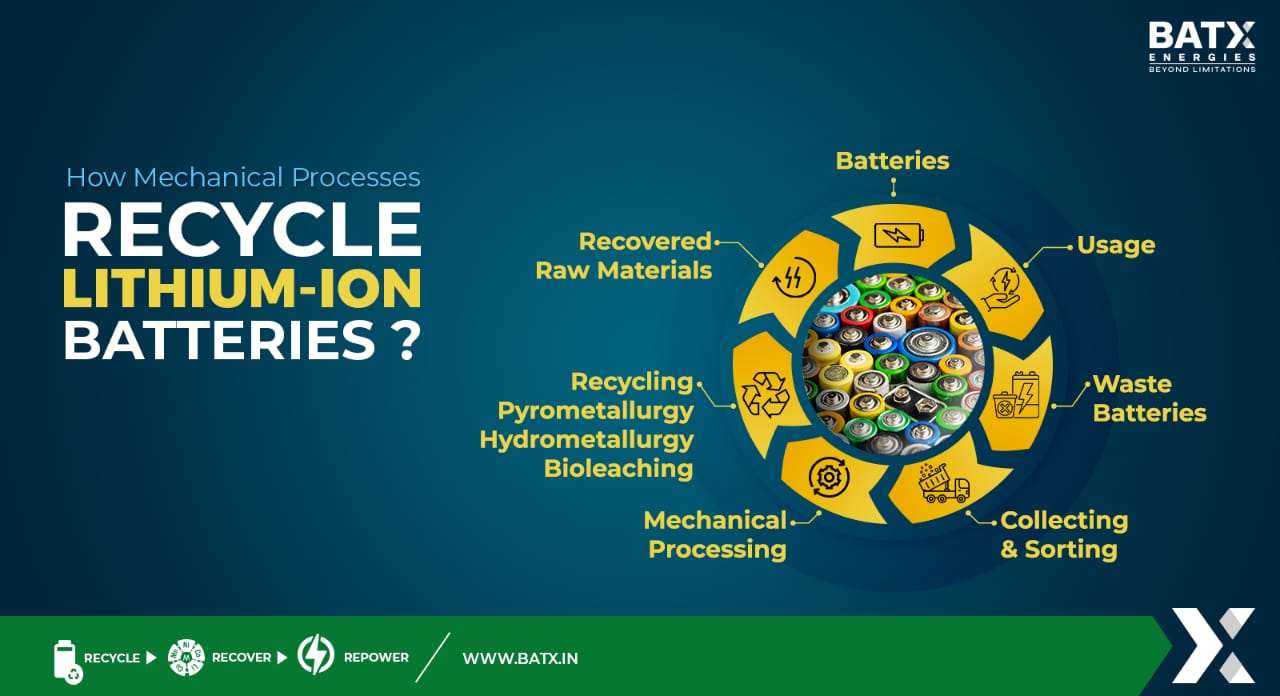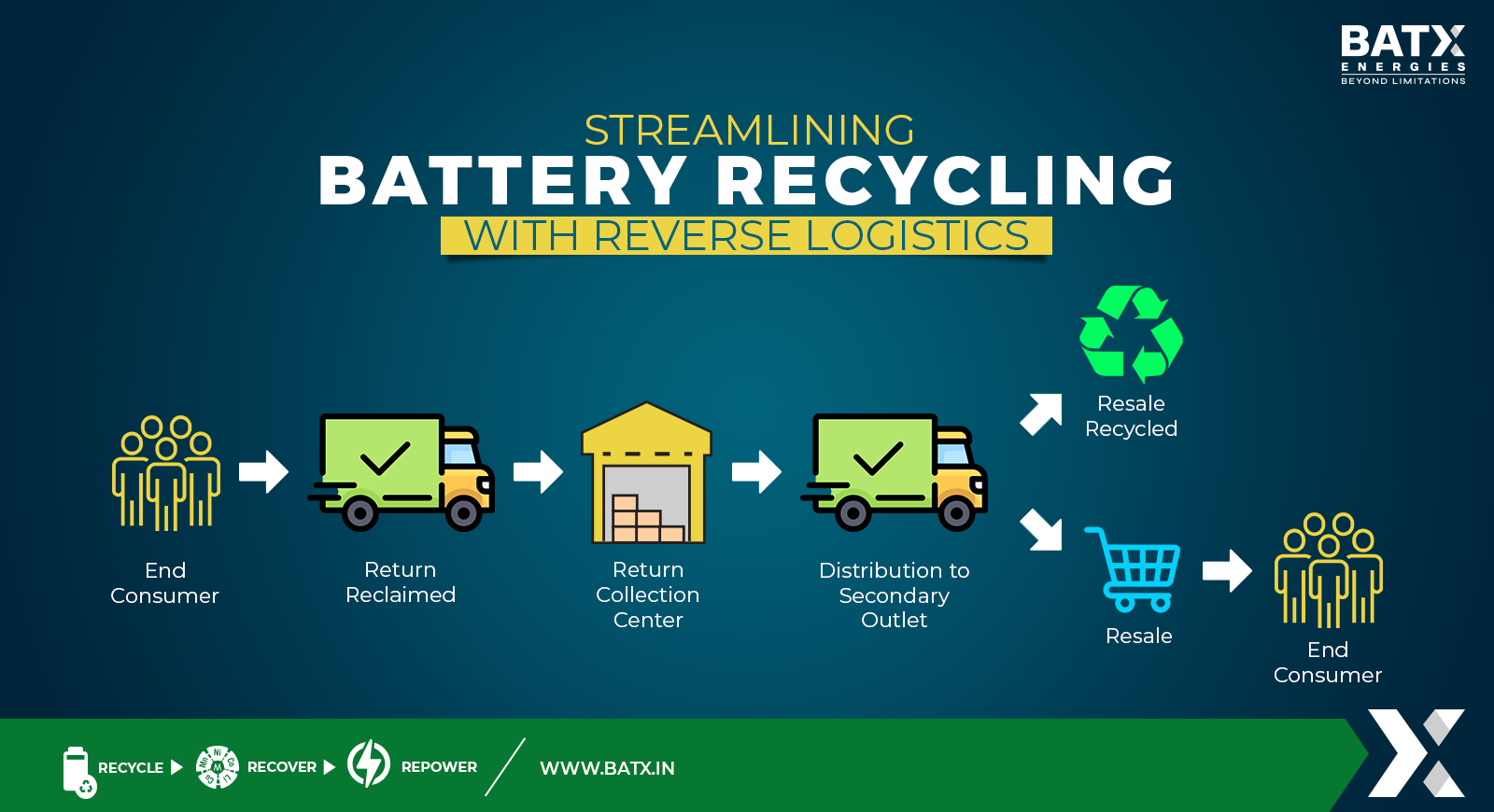Lithium extraction is a set of chemical processes where lithium is isolated from a sample and converted to a saleable form. Most of the commercial lithium in the world is available in the form of lithium carbonate, which is a stable compound and can easily be converted to other salts & chemicals.
Stages of exploration:
Exploration of any metal deposit is a process involving four stages. The first stage is the G4(reconnaissance) stage, where the mapping of resources takes place. The second stage is the G3(prospecting stage) where based on the geological,geophysical and geochemical data, quantities are inferred and a deposit is identified for further exploration. The next stage in the exploration, called the G2 stage, gives an idea about the minerals shape, size and grade. The final G1 stage is where characteristics of the deposit are established with high accuracy. Conduction of a feasibility study depends on the results of the G1 stage.
Lithium in J&K:
The Geological Survey of India started lithium exploration in and around Reasi in 1999 and it has taken two decades for them to move from the G4 to the G3 stage. The interesting thing about the deposits is that they are of 800 ppm quality, and since any deposit greater than 300 ppm quality is considered of a good enrichment value, this makes the lithium deposits found at Reasi of a high enrichment value.What also needs to be mentioned here is the fact that the lithium at Reasi is mixed with bauxite,so the amount of lithium present could well be below the 5.9 million tonnes which has been mentioned by the government. Nevertheless, this level of enrichment is great news for the Indian government but experts have warned that the lack of infrastructure and no prior experience of mining operations of this nature would be a roadblock and would need massive investments and patience from the government if the exploration needs to come to fruition.
The Road Ahead:
A further cause for concern is the fact that these deposits are located in the Himalayan region which is an ecologically sensitive zone. Adding to the fact that mining causes environmental degradation in areas where it is conducted, this poses a serious challenge. The Indian government needs to be very careful and take all stakeholders on board if it wants to minimize the ecological damage that mining of this magnitude would cause.
Similar types of reserves are present in Australia, and considering the governments of both India and Australia are actively cooperating in various fields, from trade to defense, India should look to sign agreements with Australia for technology transfer in this field so that the whole process can be expedited.
What all of this means is that though the discovery of these reserves is definitely good news, it would need investment, time, technology and a great deal of luck for this lithium to be finally ready to reach batteries. India, for the foreseeable future, would continue to rely on its battery recycling infrastructure to meet its rising lithium demands.
Resources used:
https://india.mongabay.com/2023/02/preliminary-exploration-of-lithium-in-india-offers-early-hope-but-a-long-journey-remains-ahead/
https://samcotech.com/what-is-lithium-extraction-and-how-does-it-work/



